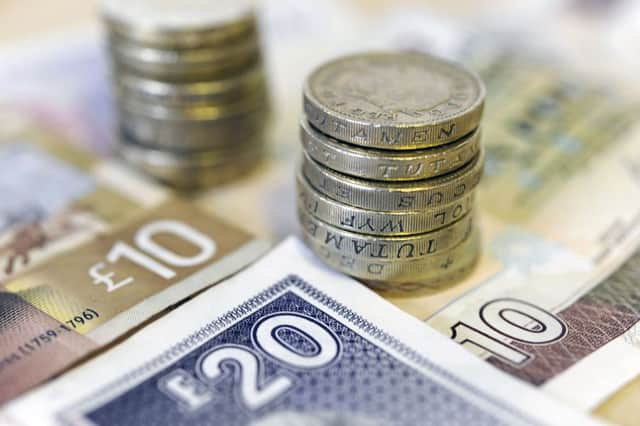How much tax do you want to pay, MSPs ask Scots


The Scottish Parliament gains responsibility for effectively setting the income tax rate north of the Border when the Calman Commission powers are implemented next April.
These controls are separate from the additional powers now being debated as part of the post-referendum Smith Commission proposals currently being finalised at Westminster.
Advertisement
Hide AdAdvertisement
Hide AdThe Calman plans were drawn up as part of the the ten- year anniversary of devolution in 2009 and resulted in legislation being passed three years later.
Holyrood’s finance committee is now staging an inquiry into next year’s budget (2016/17) when MSPs will set the new income tax rate in Scotland for the first time.
Committee convener Kenneth Gibson said: “From next year, revenue from the Scottish rate of income tax will be a significant part of the money spent on Scotland’s public services.
“There are key decisions to be made on the level the Scottish rate should be set at and how taxpayers and employers are informed about the introduction of SRIT (Scottish rate of income tax).”
The Nationalist MSP added: “It is important for the finance committee to scrutinise the introduction of this new power and I would encourage people to submit their views to inform the committee’s inquiry.”
The new controls will see income tax effectively cut by 10 pence from the UK level in Scotland, with MSPs then responsible for raising it back up to the required level in line with need to cover public spending.
The committee is inviting views on what should the rate be for SRIT and why.
It is calling for those who want a higher tax rate in Scotland to set out where the extra money should go. And proponents of a tax cut are also being asked to set out where the axe should fall on existing spending levels.
Advertisement
Hide AdAdvertisement
Hide AdBusinesses and taxpayers are also being urged to let MSPs know if they believe the introduction of the SRIT has been sufficiently well publicised.
Submissions to the committee should be lodged by the end of August.
Both the SNP and Labour currently back a 50 pence top rate of tax for the highest earners. But the Calman Commission plans would prevent them from implementing this because it does not allow MSPs to alter individual tax bands, only make “across the board” increases or cuts.
The Scottish Parliament has always had the ability to vary income tax in Scotland by up to three pence in the pound as part of the so called “tartan tax” but this was never used by the Labour/Liberal Democrat and SNP regimes which have held office since the onset of devolution in 1999.